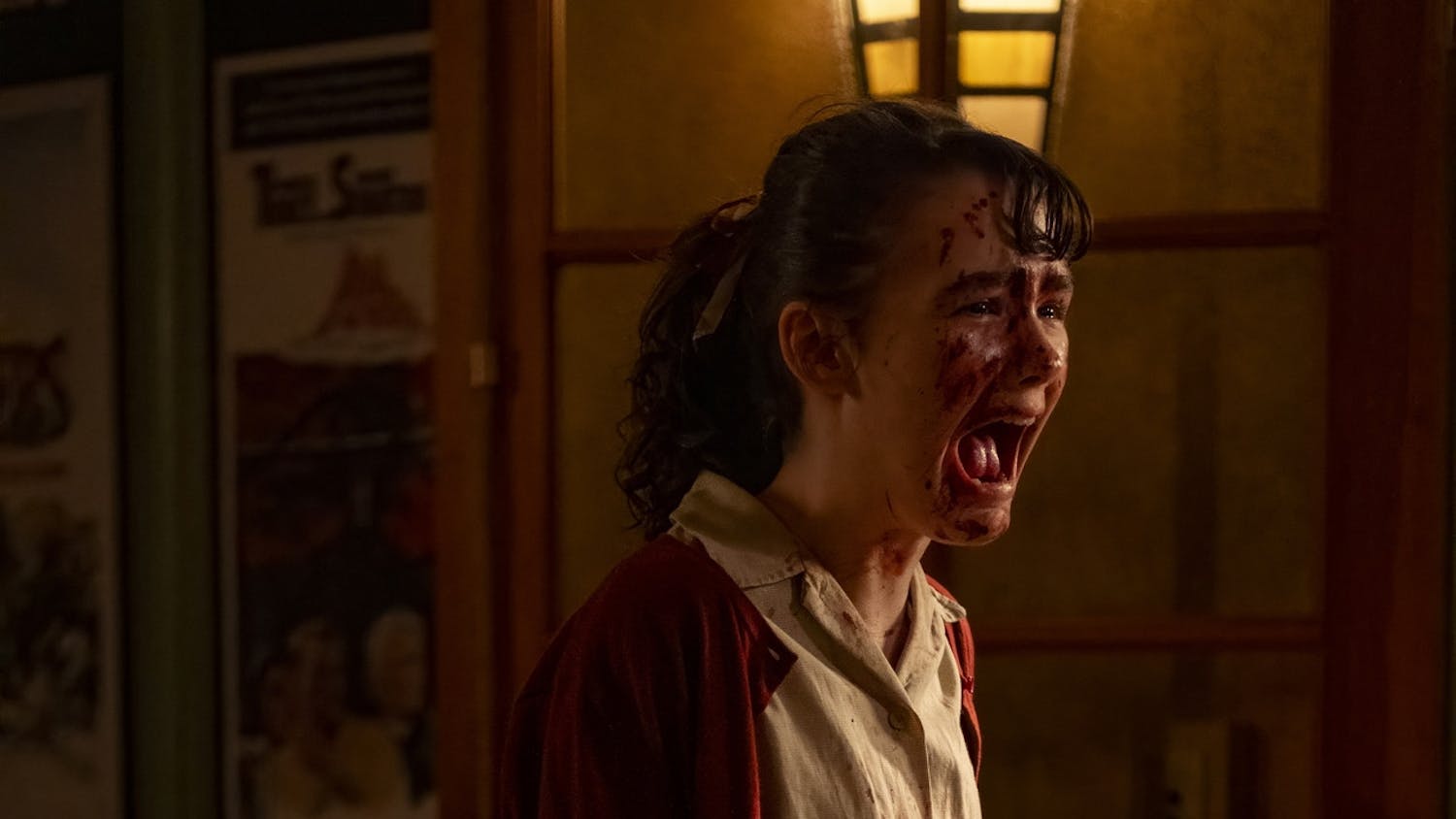Going in, I expected an overly long but satisfying end to the Daniel Craig era of Bond films, and that’s exactly what I got. No Time to Die isn’t bad by any stretch of the imagination, it’s actually pretty good, but it could’ve been better if not for a tedious, slow second act and below-average characterization for its female characters.
No Time to Die picks up right after Spectre, with Bond (Daniel Craig) retired from M16, no longer a double-o, settling down with Madeliene (Lea Seydoux). After his location is compromised, Bond settles into a life of solitude in the Caribbean for five years. He’s then contacted by Felix Leiter (Jeffrey Wright) of the CIA, pulling him back in for one final mission; going after a vindictive psychopath named Lyutsifer Safin (Rami Malek) who’s stolen a secret government weapon codenamed Project Hercules.
The film is a solid watch, but I fear that it won’t make much sense without having seen all the prior Craig films. It calls back to, and attempts to tie together, all of those films; the results are inconsistent. The callbacks to Casino Royale are mostly superficial, but the problem is that they don’t really fit into the rest of the film. The events of Skyfall, arguably the best of Craig’s films, are only mentioned in a single passing statement. Spectre is the true base of this film, which is problematic due to that film’s many shortcomings.
This era of the Bond franchise has made a habit of trying to tie its films together, starting with Quantum of Solace. This has almost always impacted the films in a negative way, with only Casino Royale being able to escape those impacts (for obvious reasons).
Regardless, No Time to Die is an entertaining film, but it could’ve lost fifteen to twenty minutes in the middle and still been just as good, if not better, due to it taking up less time (ironically). Daniel Craig is as good as ever as Bond, embodying that swagger and charisma in a seemingly effortless performance. He gives his all to the action scenes, particularly a long take fight up a flight of stairs against a bunch of goons. It’s intense and very well choreographed.
This film also features the most desperate version of Bond I’ve ever seen; the stakes are much more personal for him this time around and it shows in his actions and appearance, particularly in the third act.
For the vast majority of the film, Bond isn’t the suave and sleek spy audiences have come to know over the series’ over fifty-year history; he’s a man desperately chasing ghosts of his past and the possibilities of his future.
No Time to Die thrives in its action scenes, but they’re very spaced out in the runtime. Pacing is something the film struggles with immensely, no matter how good the film is otherwise. It’s beautifully shot, well directed, mostly well written and a great last ride for Craig, but you just can’t always get it all right.
Cramming everything it can into that already prolonged runtime could be to blame, meaning the script could’ve really used some tightening and trimming.
The film introduces two female agents, one of which is the new 007, played by Lashana Lynch, and the other is a CIA operative named Paloma (Ana de Armas). Unfortunately, neither of them are really fleshed out or given much screen time. That’s understandable given that this is Craig’s last hurrah, but these characters contribute to some of the best moments of the film, especially de Armas.
It just would’ve been nice to learn more about them and to give them more time to shine, especially in action scenes. De Armas’ character only gets around ten minutes of screentime and I can only estimate that Lynch’s gets a little more than that, but not nearly as much to do as her counterpart.
The returning cast is also solid, especially the always fantastic Ralph Fiennes and Christoph Waltz. Lea Seydoux is given much more to do in this film, carrying much of the emotional weight on her shoulders, mostly pulling it all off. Jeffrey Wright is fun in his small role, as is Ben Whishaw as Q.
Bond films are remembered for their great villains; sadly, Rami Malek’s Safin is not up there with the best of them, at all. Malek gives his all to this performance, embracing the character’s abject weirdness and eccentricities, but just like many other new characters in this film, he doesn’t get enough development or screen time to cement him among any of the series’ other villains.
He doesn’t even really show up until halfway through the film’s monster 163-minute runtime, and he’s not prevalent until the last half hour or so. He’s even upstaged by Waltz’s Blofeld, who receives even less screen time than Malek, de Armas, and Lynch.
No matter the film’s issues, it’s still by far the best final outing for a Bond actor. Craig gets a beautiful sendoff in the film’s final moments, cementing him as the best to ever dawn the suit and gadgets.
This is helped by the fact the characters view him with the same reverence as the audience does, giving him the respect he deserves. Now starts the long and tedious process of replacing the best to ever do it. Godspeed to the producers.






